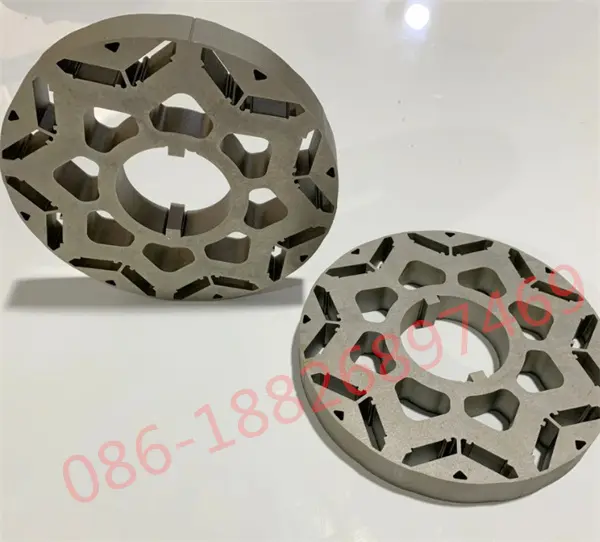Stator skew technology is an advanced motor design method that is mainly used to improve the electromagnetic performance and mechanical characteristics of the motor. The core of this technology lies in the inclined design of the winding groove on the motor stator core. That is, compared with the traditional straight groove structure, there is a specific angle between the axis of the inclined groove and the axis of the stator.
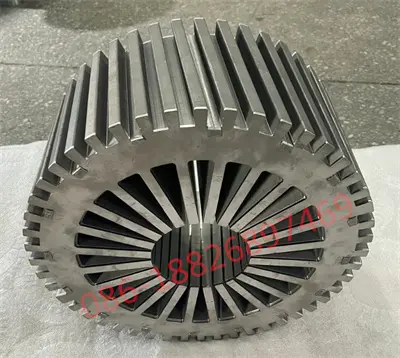
1. Stator chute principle:
1.1 Optimization of magnetic field distribution
Stator ramps can change the spatial distribution of the air gap magnetic field, making the air gap magnetic density more uniform, thereby reducing the radial magnetic wave component and reducing vibration and noise during motor operation.
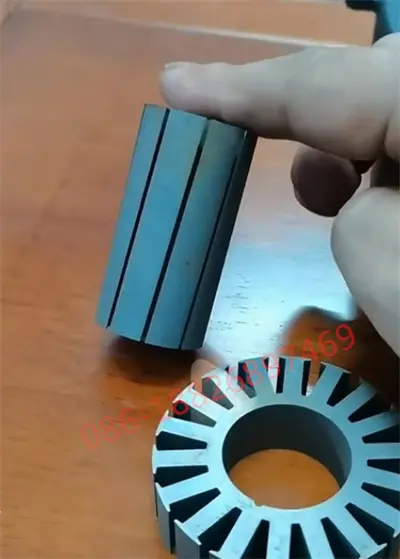
1.2 Reduce cogging torque fluctuations
The inclined groove design can effectively suppress the torque fluctuations caused by the rotor cogging effect, especially during the starting stage of the motor, which is beneficial to improving starting performance and stability while reducing starting current.
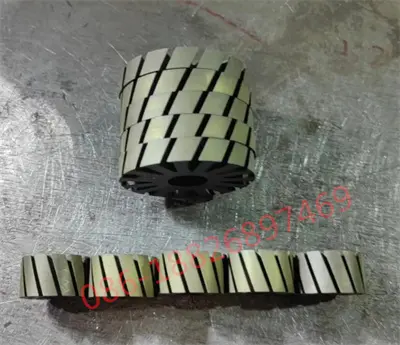
1.3 Reduce the impact of harmonics
Inclined slots can reduce the impact of higher harmonics caused by the non-sinusoidal distribution generated by the stator winding and rotor slots, improving power factor and efficiency.
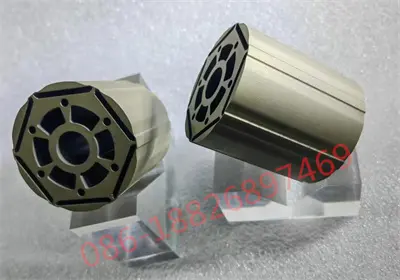
1.4 Enhance heat dissipation capacity
Depending on the design of the chute, it is possible to increase the air circulation inside the stator core, which helps to improve the heat dissipation effect of the motor, thus improving the thermal stability and continuous working ability of the motor.
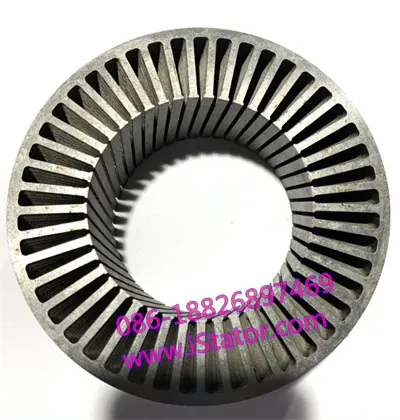
2. Motor performance optimization applications
After using stator chute technology in three-phase asynchronous motors, the overall operating quality of the motor is significantly improved, which is characterized by low noise, low vibration, good starting performance, high operating efficiency and long service life.
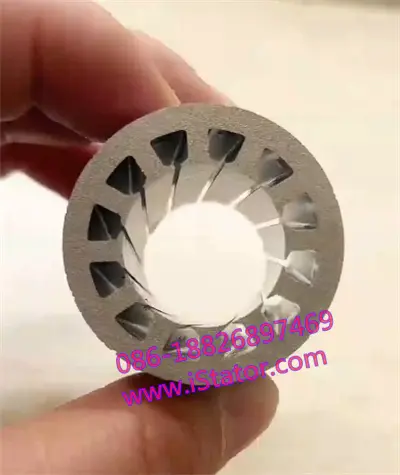
In synchronous motors or brushless DC motors, stator skews also play an important role, helping to achieve more precise control and higher dynamic performance.

In applications such as wind turbines and electric vehicle drive motors that require high performance and reliability, stator chute technology is one of the important means to improve the overall competitiveness of the motor.
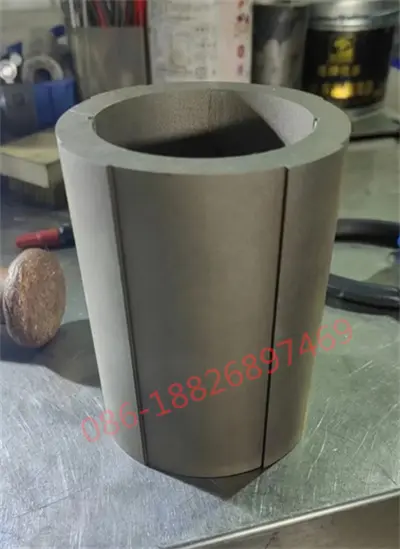
3. Summary
the stator chute technology achieves an overall improvement in motor performance by precisely regulating the electromagnetic field inside the motor, and provides key technical support for the modern motor industry.
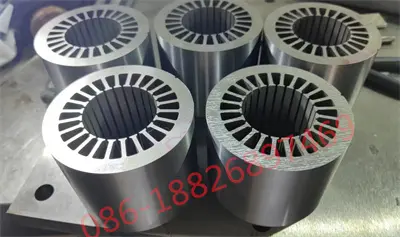
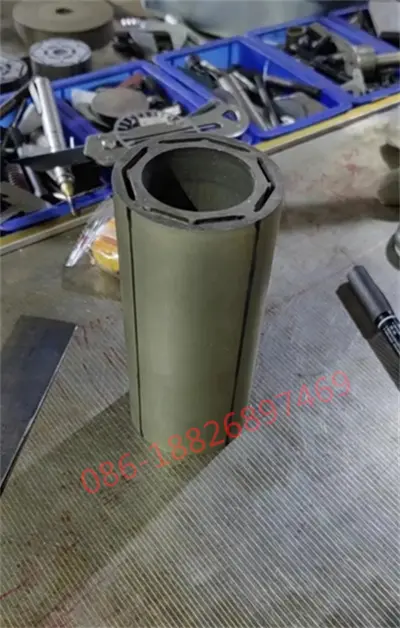
You might also be interested in
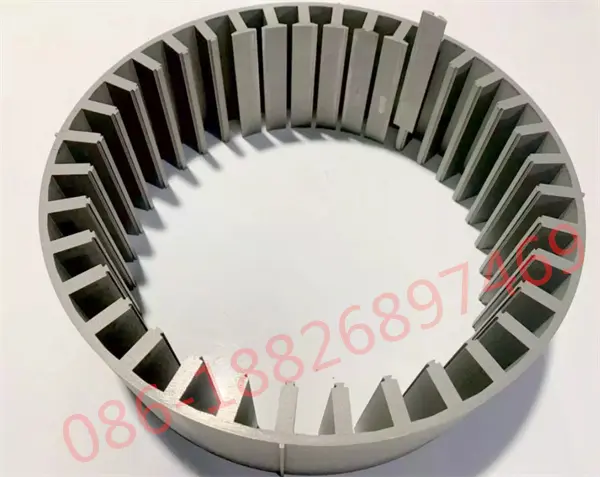
China's High-Quality Motor Core Custom Lamination Manufacturer Specializing In the Production of Motor Stator Lamination Stacks
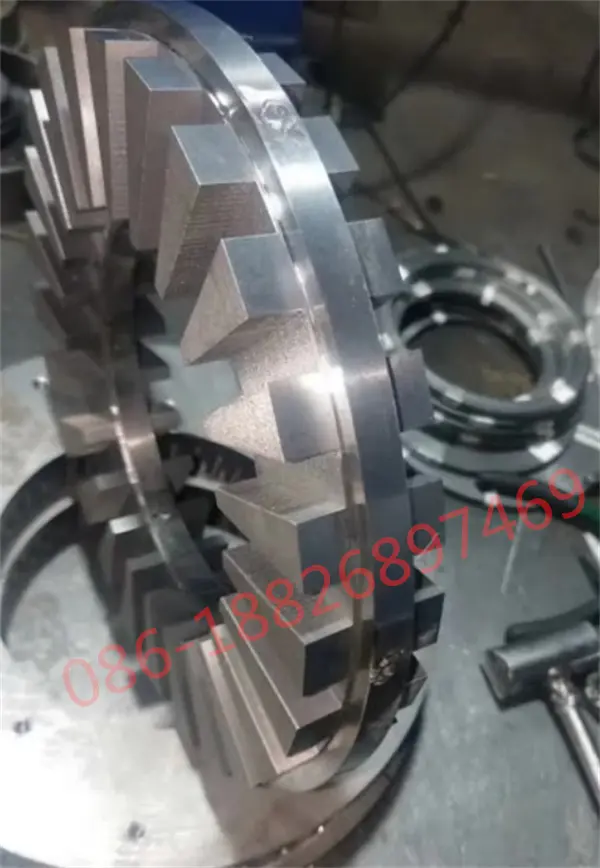
Axial Flux Stator Core Chinese Motor Core Lamination Stack Custom Manufacturing Expert
